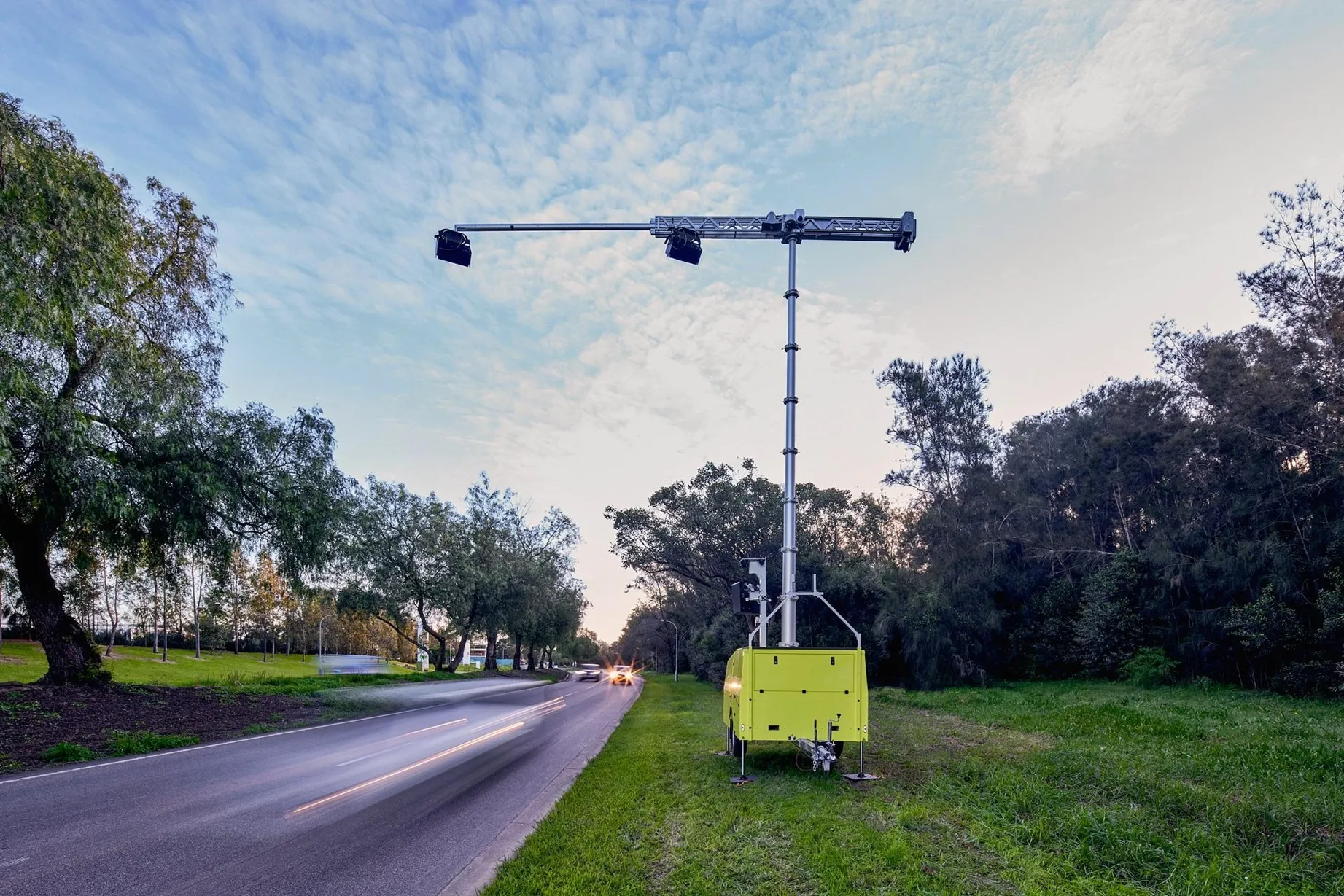The UK’s
The figures show that, in 2014, 1.1 per cent of drivers in England and Scotland were observed holding a phone in their hand with a further 0.5 per cent observed holding the phone to their ear, equating to more than 470,000 motorists.
A higher proportion of drivers in England and Scotland were observed using a hand-held mobile phone when stationary (2.3 per cent) than in moving traffic (1.6 per cent).
The study indicates that more men than women use a hand-held phone, and that van drivers were the most likely group to be seen doing it at 2.7 per cent - almost twice the rate for car drivers. 5.2 per cent of young drivers aged 17 to 29 were seen holding a mobile phone making them by far the biggest group by age.
Neil Greig, IAM director of policy and research, said: “Campaigners routinely talk about the inherent dangers of the distraction caused by mobile phone usage, but drivers never believe they will be caught.
“Campaigns run by THINK! and the
He added: “Tackling mobile phone usage must be a government priority for 2015. People must have the fear of being caught increased as we believe this is the only viable deterrent, but that needs an increase in visible policing.”
Greig also called for a technology-based answer for this modern-day problem. “Technology has caused this problem, so it should come up with a solution too. There are phones that have sensors within them which detect the motion of a car, and can then immediately shut down calling and texting functions. This should be universal."
He added that hands-free and
IAM responds to illegal phone use study
The UK’s Institute of Advanced Motorists has responded to the Department for Transport study carried out by the Transport Research Laboratory (TRL) into the prevalence of illegal mobile phone use while driving, saying that the results are disappointing but not at all surprising. The figures show that, in 2014, 1.1 per cent of drivers in England and Scotland were observed holding a phone in their hand with a further 0.5 per cent observed holding the phone to their ear, equating to more than 470,000 motorists
February 26, 2015
Read time: 3 mins









